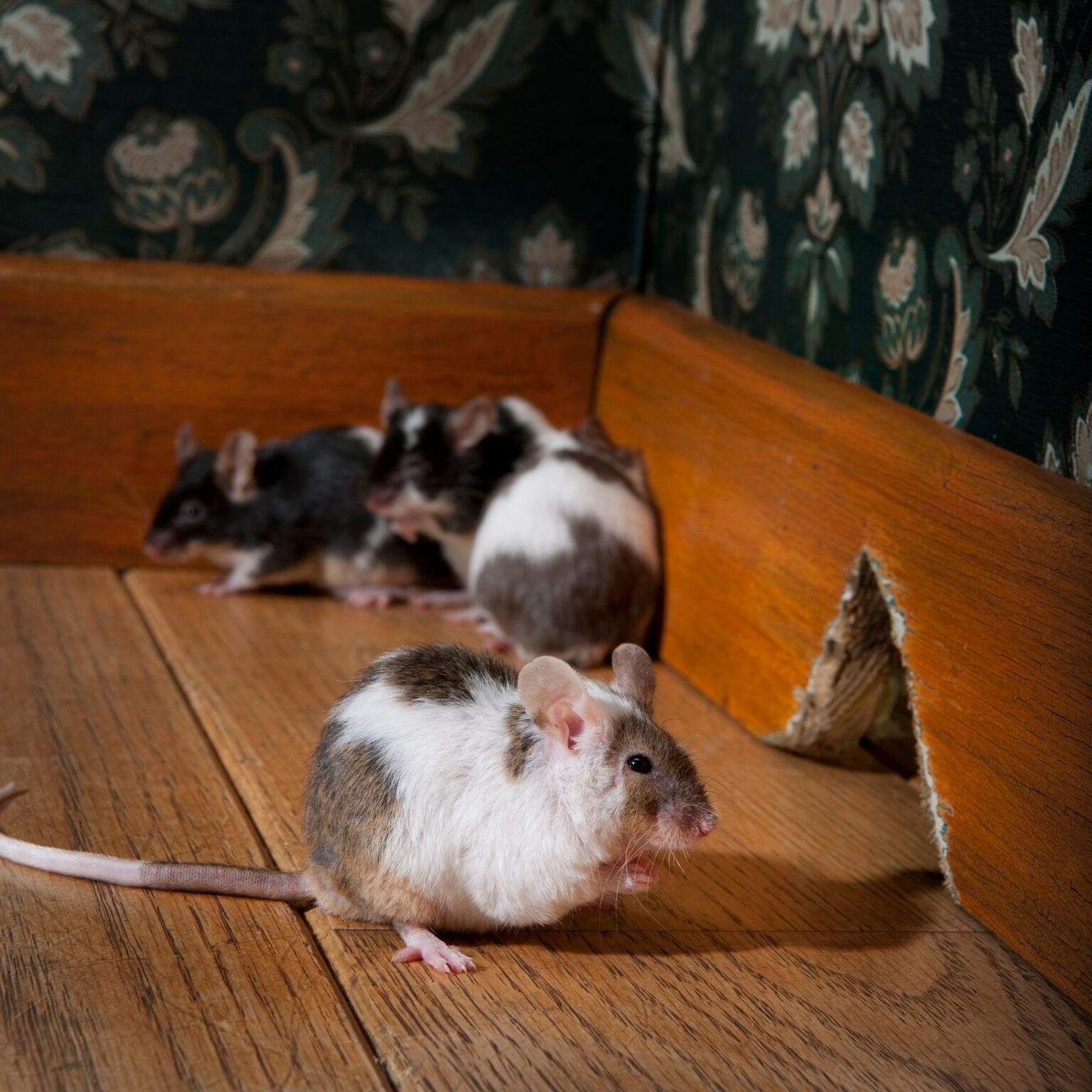
Prevent Pests, Inspect and Treat Your Home
A pest inspection may not be on the top of your to-do list in the middle of winter if you live in Alaska, places with more temperate climates have pests all year. Many household pests are seasonal, so it’s smart to know what’s common in your area at different times of the year, according to Orkin. If you’re not squeamish, you can peruse the Orkin pest library to learn about a variety of insects and rodents that could invade your property and possibly cause damage.
Homebuying and pest inspections
When you’re buying a home, you’re more likely to focus on a home inspection that will reveal potential structural problems, moisture issues or an aging roof. In some areas, a termite inspection is also a legally required part of a purchase contract. Whether you must have a termite inspection or not, addressing the issue of pest control should be another part of your due diligence before buying a home.
"People usually know what’s common in their area at different times of year, but if you’re relocating it’s a good idea to find out what to expect," says Chelle Hartzner, a board-certified entomologist with Orkin. "When I moved from Kansas, where there are four seasons, to Florida, I realized I had to deal with a much longer pest season. All that warm, humid air gives all kinds of pests more time to develop and to expand their population."
Hartzner says there are yearly fluctuations in the types and volume of insects that can be hard even for scientists to predict. "The number of insects we’ll see depends on the temperature, food and water supplies and other insects," says Hartzner. If you’re concerned about a particular pest, you can contact a pest control company to do an inspection and evaluate whether you need some type of treatment. "Termites are more of a problem in the Southeast, but ants, cockroaches and mosquitos can be a problem anywhere," says Hartzner.
When you hire a regular home inspector, Hartzner recommends asking the home inspector to check for indications of a pest infestation. "For example, areas with moisture can attract bugs like termites and carpenter ants as well as cause mold," says Hartzner. "If there are cracks in the walls, missing screens and doors or windows without a tight seal, you could have a problem now or in the future with pests."
Pest prevention
While termites and carpenter ants can cause serious structural damage, other pests can be unsanitary and dangerous to your family’s health.
"A significant change in the way we address pest control today is that we’re not just about spraying a lot of stuff to get rid of pests," says Hartzner. "Instead, we’re looking to prevent infestations rather than treat them after they occur. We also try to treat issues as soon as they start so they are less likely to get out of control."
For example, to prevent rodents from entering your property, you can inspect the outside of your home and make sure that vegetation and trash are well-managed and less likely to attract rodents. You can also check the seals of your doors, particularly the bottom seals, to make sure they are tight.
"A full-grown mouse can get in through a space that’s the size of dime," says Hartzner.
While spiders are beneficial outside since they eat mosquitos and other pests, you don’t want them inside your home. Checking your window and door seals and making sure your window screens don’t have any torn spots can prevent spiders from coming indoors.
A pest inspection, while not always required, can be a good way to begin your pest prevention process – in any season of the year.
